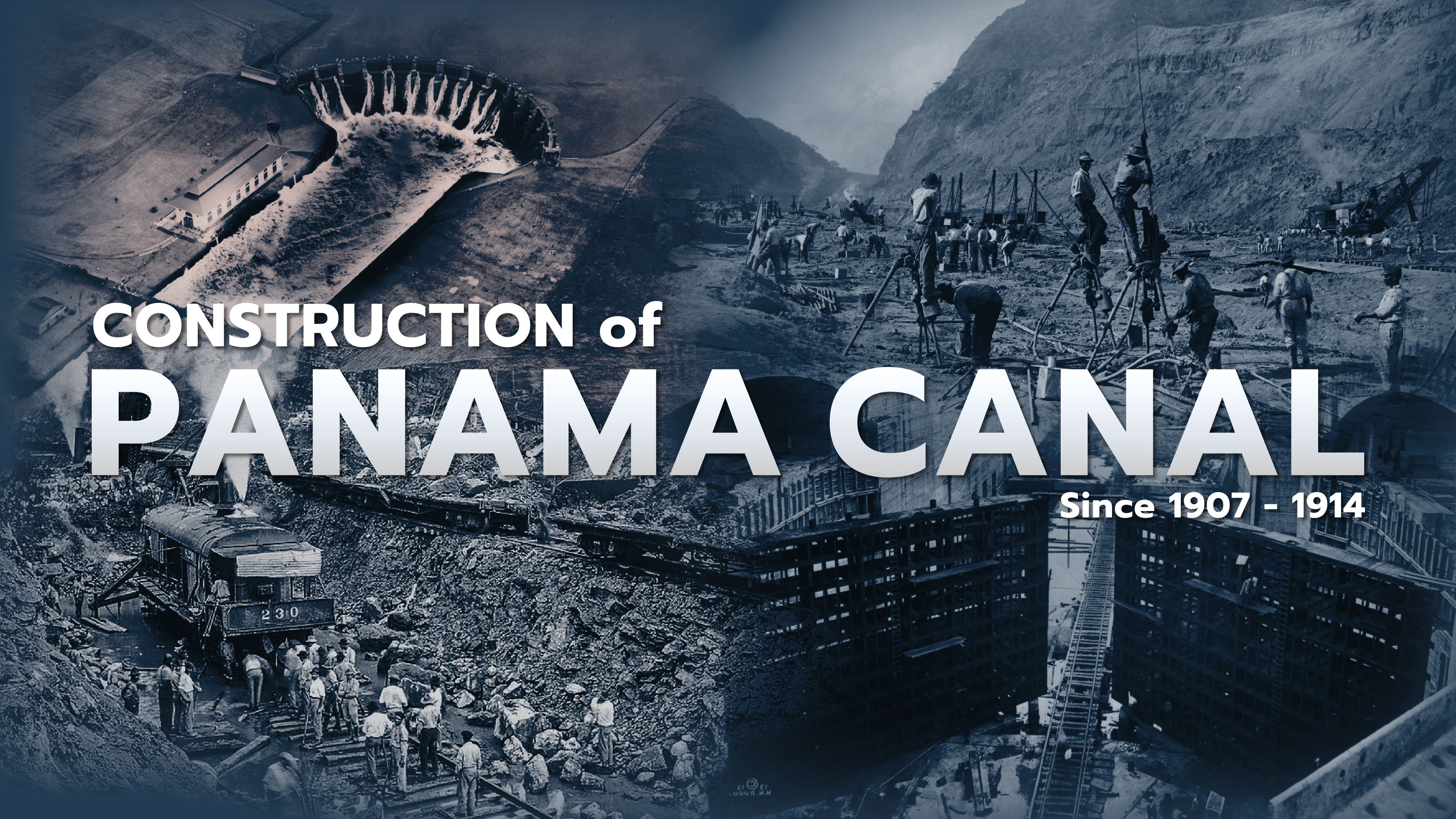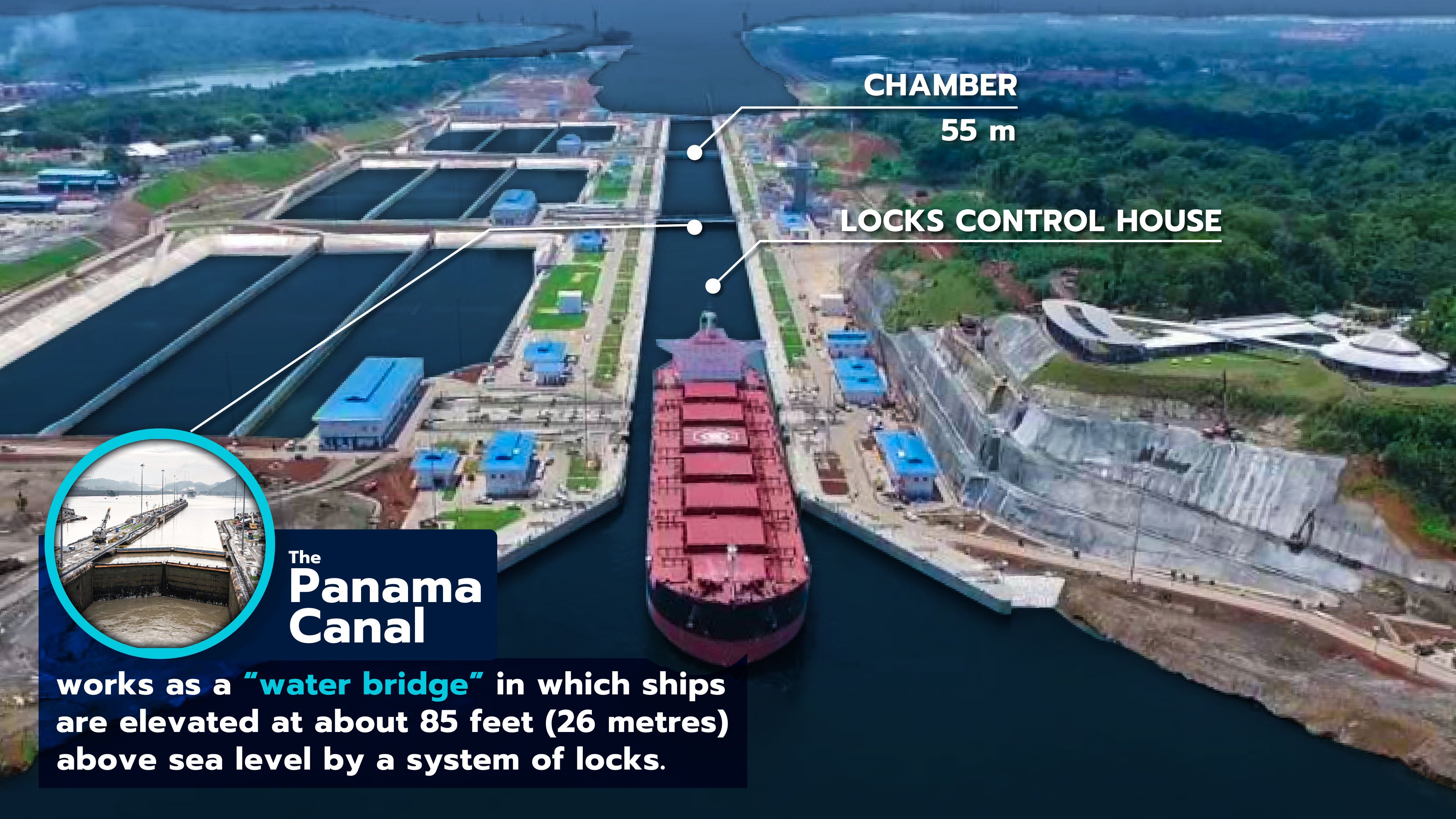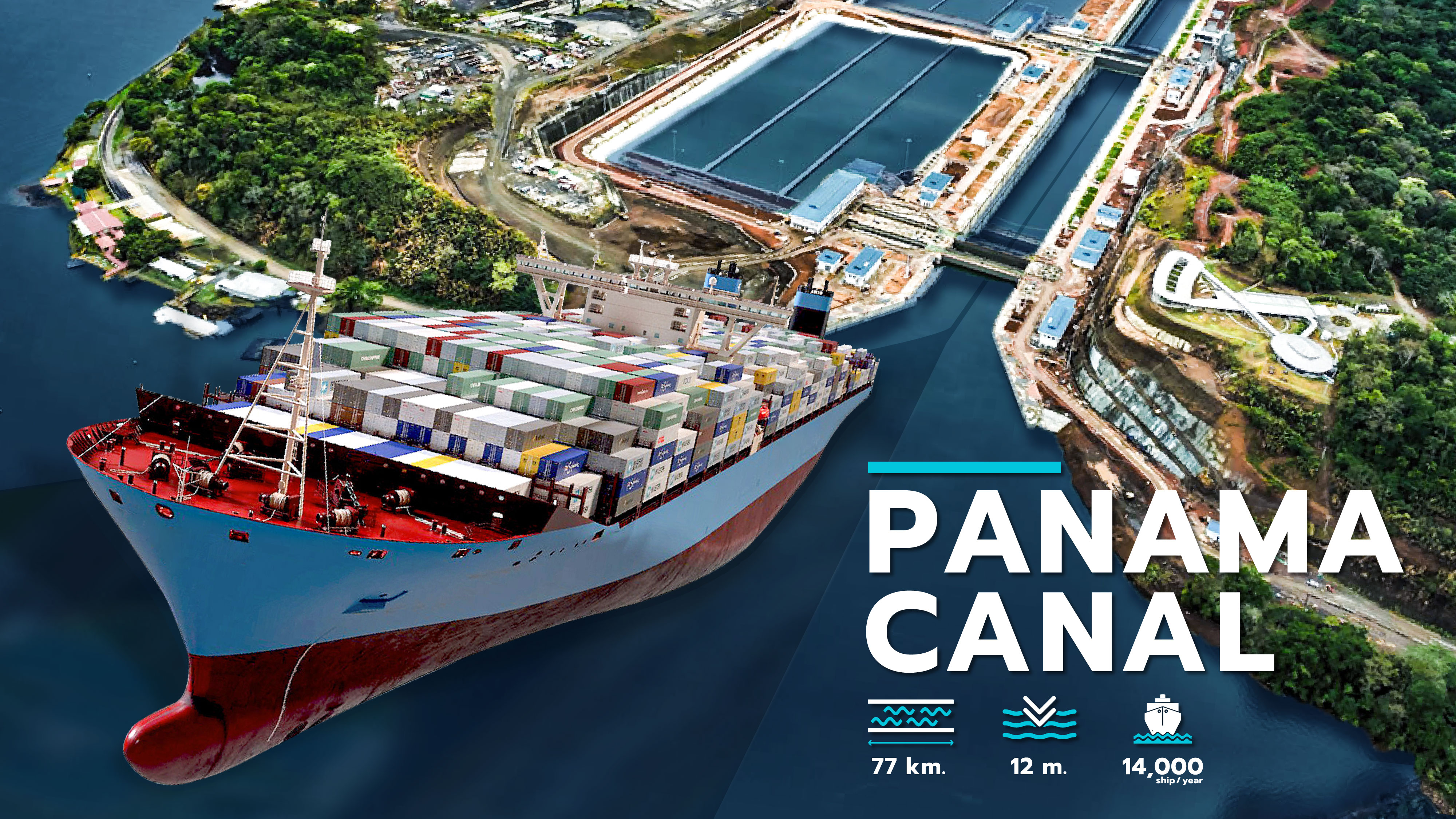Panama Canal is the world's first canal connecting the Pacific and Atlantic Oceans. One of the great construction projects took more than 30 years to become a major shipping route in the world.
TELL HISTORY
To simplify travel between Spain and Peru, the King of Spain and the Holy Roman Emperor Charles V sent an expeditionary party to Panama in the 16th century. However, the survey team concluded that construction was not feasible.
Until 1881, the French corporation headed by Ferdinand de Lesseps, who successfully constructed the Suez Canal in Egypt, gathered money to buy a concession for the construction of the Panama Canal and started digging a canal from sea level without a barrier.
due to inadequate research about the terrain and climate cause landslides, epidemics that happen in tropical areas, and many other issues. especially yellow fever and malaria, which have killed several employees up until the delay, making them fearful of returning to France
Ferdinand de Lesseps is working to find a solution. However, the project ultimately failed and cost more than 9,000 million baht. Over 20,000 employees lost their lives on the project, which was abandoned in 1894.
 1903 The Panama Canal needed to be drilled, and the United States understood its significance. In 1904, it took over from France and started excavating the Panama Canal, commencing by addressing the epidemic issue that had hampered earlier work. and until the canal's completion in 1914, periodically digging the Panama Canal with a barrier.
1903 The Panama Canal needed to be drilled, and the United States understood its significance. In 1904, it took over from France and started excavating the Panama Canal, commencing by addressing the epidemic issue that had hampered earlier work. and until the canal's completion in 1914, periodically digging the Panama Canal with a barrier.The first cargo ship to pass through the canal, the MV ANCON, sailed on August 15, 1914, following the Suez Canal's opening. 45 years have passed, and even though US medical technology will advance further, However, the endeavor resulted in the deaths of more than 25,000 individuals and the loss of more than 5,600 personnel.
There have since been numerous disagreements and riots over ownership concerns. A deal between the United States and Panama stated that ownership of the Panama Canal would be transferred to Panama until September 6, 1977. Panama must uphold its neutrality and permit American re-entry at any time. The United States agreed to grant the Panama Canal until December 31, 1999.
WHAT IS THE DIFFERENCE BETWEEN THE PANAMA CANAL AND THE SUEZ CANAL?
The Panama Canal was intended to include internal barriers along the route, unlike the Suez Canal, which has no gates. This is done to raise or lower the ship as it travels from one canal's mouth to another canal's mouth.
due to the difference in sea levels between the two oceans Due to variations in ocean variables including water density and climate, the average sea level on the Pacific side is roughly 20 cm higher than on the Atlantic side.
INTERESTING FACTS ABOUT THE PANAMA CANAL
- The Panama Canal is approximately 77 kilometers long, 91 meters wide at its narrowest point, and 12 meters deep at its shallowest point. The length of time it takes to travel through the canal, which cuts the distance between the American west and east coast in half, is 10 hours on average. It initially traveled up to two weeks and 8,000 miles around Cape Horn in South America.
- More than 14,000 ships transit through the Panama Canal in a single year. It is regarded as the world's primary navigational path. The biggest engineering project is this one. the most difficult thing ever
- The most expensive fee, 11.6 million baht in 2010, was collected by the Norwegian Pearl cruise ships and represents 3.7 percent of Panama's GDP, or 2.1 million baht. The smallest sum was obtained from Mr. Richard Halliburton (Richard Halliburton), an American visitor who, for 36 cents, or 166 baht now, swam through the Panama Canal in 1928.
- The United States spent what it would have cost to build 85 Titanics.

PANAMA CANAL EXPANSION
The Third Set of Locks Project, also known as the Panama Canal Expansion Project, was started in 2007 to facilitate the growth of the maritime industry and larger ships like New Panamax or Post Panamax. increased depth and width of the waterway for water traffic. both the Pacific Ocean and the Atlantic Ocean, including the building of boat doors and additional facilities
Cosco Shipping Panama, a Chinese freighter, launched the vessel on June 26, 2016, making it the first to transit the expanded Panama Canal.
It is regarded as a major undertaking. This expansion of the Panama Canal, which cost around 5,250 million dollars or 170 billion baht in total and can hold 14,000 TEU tankers, or roughly three times the previous size, is a significant step in the growth of the world's marine industry.









